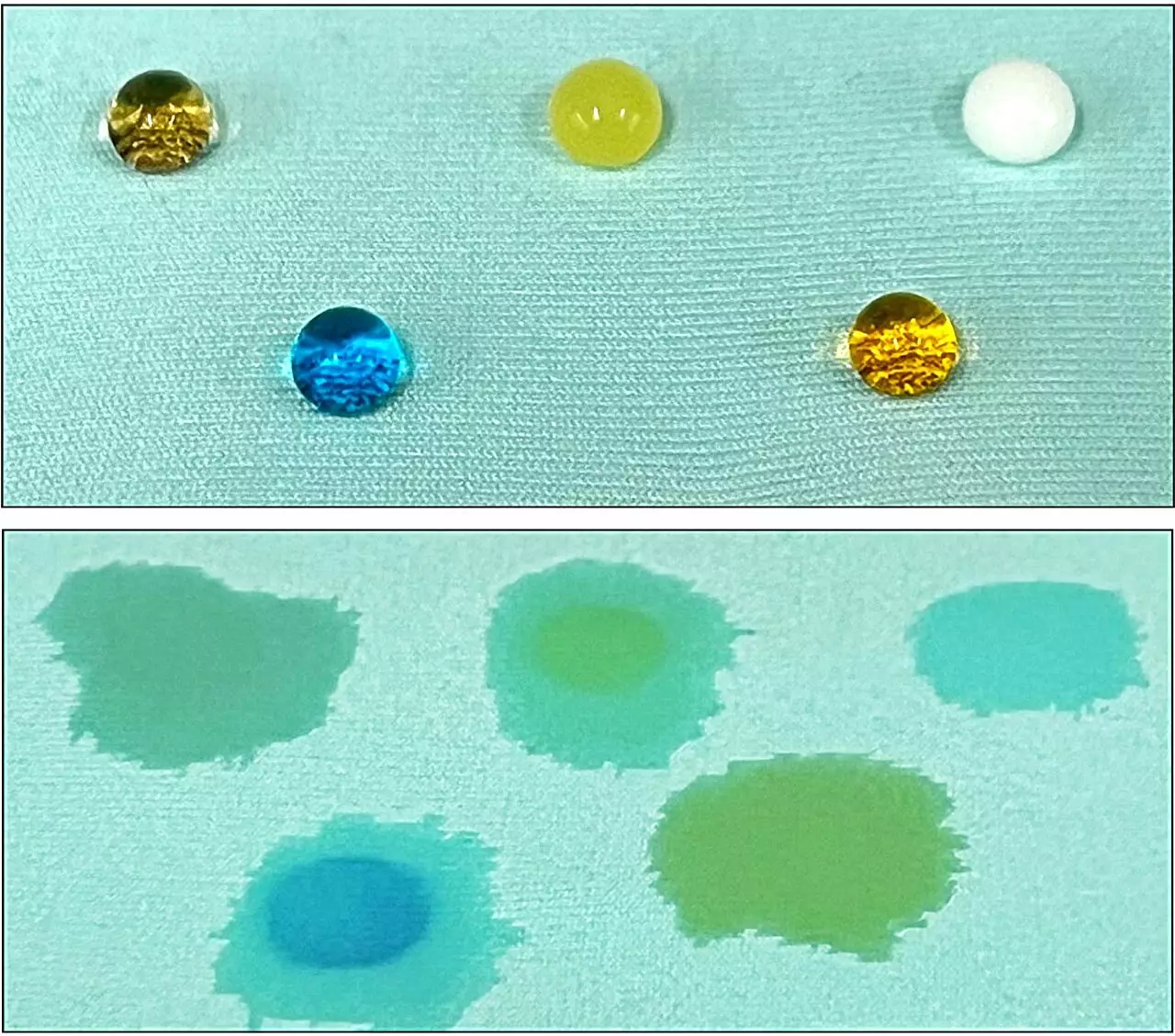In an era marked by environmental challenges and the urgent need for sustainable practices, researchers are constantly exploring innovative solutions to address waste and pollution. One recent development in this domain is a groundbreaking technique for creating waterproof coatings for textiles using discarded fabrics. This initiative not only promotes sustainability but significantly reduces the reliance on harmful chemicals traditionally used in textile production. The research, spearheaded by a team at Cornell University, highlights how upcycling waste materials can transform the fashion industry and contribute to a greener future.
The fast fashion industry has garnered scrutiny for its substantial contributions to environmental degradation. According to estimates, Americans dispose of an average of 80 to 100 pounds of clothing per person each year, leading to a staggering amount of textile waste. This waste not only fills landfills but also results in significant resource wastage, including water and energy. Furthermore, many conventional waterproofing agents contain hazardous chemicals that pose risks to human health and the environment. Thus, the need for eco-friendly alternatives has never been more pressing.
The research team’s approach involves developing superhydrophobic coatings that utilize discarded polyester and spandex textiles. Led by Professor Juan Hinestroza, the study enables the synthesis of water-repellent coatings at room temperature, employing benign solvents such as water and ethanol. This method eliminates the high-energy processes traditionally associated with textile recycling, offering a more sustainable path to creating functional materials. The creation of metal-organic frameworks (MOFs), particularly UiO-66, from non-purified, discarded fabrics marks a significant innovation in material science.
Through an alkaline depolymerization process, the researchers break down old polyester textiles into simpler compounds, which serve as building blocks for the synthesis of MOFs. Disodium terephthalate, a key ingredient in this process, is obtained using discarded fabrics laden with dyes, additives, and other residual materials from their previous life. The introduction of ethanol during the synthesis process leads to the successful assembly of MOFs atop the treated textiles. Remarkably, even the remnants of spandex help modify the MOF’s properties, turning what would typically be a hydrophilic substrate into one that repels water effectively.
The resilience of the developed coatings was subjected to rigorous testing. Not only did the resultant coatings exhibit impressive waterproofing capabilities, but they also maintained their efficiency after being subjected to multiple wash cycles and abrasion tests. This durability is vital for commercial applications, proving that sustainable alternatives do not need to sacrifice performance or longevity. The implications of such research highlight the dual benefits of environmental sustainability and consumer functionality, showcasing a viable pathway toward transforming the textile industry.
Hinestroza emphasizes that the crux of this innovation lies in the concept of upcycling. By finding value in discarded materials, the research team effectively challenges the prevailing cyclical nature of consumerism. It shifts the narrative away from solely attributing responsibility to manufacturers, suggesting that consumer habits are equally influential in shaping production strategies. As consumers, recognizing the importance of thoughtful consumption can drive brands to adapt more sustainable practices.
The exploration of eco-friendly waterproof coatings is just one facet of a larger movement towards sustainability in the textile industry. With the increased awareness and demand for environmentally sound products, researchers and manufacturers alike are motivated to innovate. This study underscores the potential of combining scientific advancements with a commitment to sustainability, creating a framework for future initiatives aimed at reducing waste and harmful chemical usage in textile production.
As research into sustainable textile practices progresses, the concepts of upcycling and eco-friendly treatments take center stage, offering hope for a cleaner future in fashion and beyond. The development of waterproof coatings from discarded textiles showcases not only a practical application of innovative science but also a means to address the critical issue of waste. By embracing these advancements, both consumers and producers can work towards a more sustainable textile industry that honors the environment and public health.


Leave a Reply